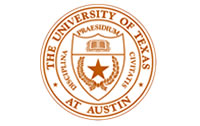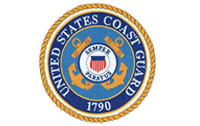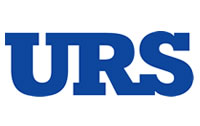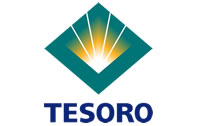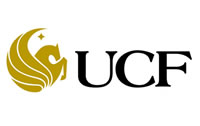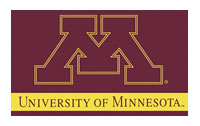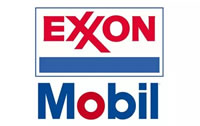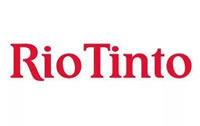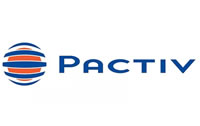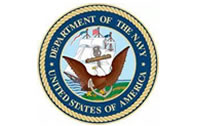How much guidance should there be?
When I conduct two-day Productive Leadership workshops, I start out with introductions. Going around the room, I ask attendees their name, their position, and what they would like to get from the training. In general, they want to learn how to:
- Be better at leading their team (39%)
- Improve their personal leadership abilities (33%)
- Improve collaboration and teamwork vertically and horizontally within their organization (28%)
In a productive leadership environment, all three of these desired outcomes are dependent on having good guidance in place.
What is guidance?
The Standard for Asset Management (ISO 55000 series) refers to what I call guidance as asset management plans. My definition includes policies, plans, processes, procedures, and measures. First, when guidance is insufficient, it causes two problems that restrict performance. First, there will be too much freedom of action. People will have great latitude in what they do and how they do it. Any disciple of Deming would agree that variability in a system means there will be inherent waste. In addition, there would be no standard by which to compare performance or to continuously improve.
What if there is not enough guidance?
Guidance is critical because is describes what activities the organization needs to execute, how, and with what assets. Many organizations, especially small and midsize organizations and those that are not highly regulated, often do not have an adequate level of guidance in place. Not enough guidance means there will be too much latitude in how activities are carried out. Too much latitude means processes and procedures won’t be repeatable enough to determine where problems are, or what improvements can be made.
If guidance is lacking, it will be more difficult (if not impossible) to accurately determine what assets are needed. Assets need to be defined by type, quantity, quality and life-cycle. With too few assets, some of the organization’s activities will not be completed or won’t be completed properly. With too many assets, the organization will waste money. If asset requirements are defined, then subordinate leaders will have data to show the impact of insufficient assets. Without that data, it can be easy for senior leaders to dismiss resource requests and tell subordinates to “deal with it.”
How much guidance is too much?
The natural question is, “How much guidance is too much guidance?” After all, it takes time and effort to develop policies, plans, processes, procedures, and measures. If you don’t currently have sufficient guidance, where do you start? What guidance do you need to put in place?
My answer is that every organization is different; however, in each case, I say create guidance systematically. Start with the highest-level impacts and move downward through the organization to lower-level impacts. Policies that affect the entire organization and policies that affect departments should be addressed first. Organization-wide policies must link with the strategic plan, mission, vision, values and objectives. Also, within each department, develop a core management strategy that addresses the life-cycle of the department’s responsibilities and interconnections with other departments.
What if you’re a work-center supervisor or department manager and the rest of the organization doesn’t get behind development of guidance? Take care of your area. Put good guidance in place. Know your asset requirements.
Leverage your experienced people.
Use your experienced people to participate in creating policies, plans, processes, procedures, and measures. They will appreciate being respected and listened to. The organization will be able to capture their knowledge before they ride off into the sunset. Also make sure you include peers and other departments or work centers when there are interconnections to be worked out.
“But,” you say, “we are too busy to spend time writing guidance.” I say, you need to get disciplined on managing your human resources. You should allocate 10% of your organization’s time to proactive improvements. That’s four hours per person per week.
When you get to the point where you have established consistent practices and have 90% or more certainty about asset requirements, you will have achieved a proper level of guidance. Some feel that having too much guidance is too controlling and stifles motivation. That depends on how individual leaders treat their team members. Encouraging people to bring up good ideas and including everyone in continuous improvement will increase motivation.
Go forth and do great things.
Published Sep 3, 2019 in Plant Services Magazine
By Tom Moriarty
About the Author: Tom Moriarty
Tom Moriarty, P.E., CMRP is president of Alidade MER, Inc., a consulting firm specializing in asset management, reliability engineering, and leadership improvement. He is a member of SMRP (Florida Chapter Board Member and CED Director), a past Chair of ASME’s Canaveral Florida Section, and author of the book “The Productive Leadership System; Maximizing Organizational Reliability”. He has a BSME, an MBA (organizational development), is a licensed professional engineer (PE) in Florida, and a Certified Maintenance and Reliability Professional (CMRP). Contact him at [email protected], (321) 773-3356, or via LinkedIn at www.linkedin.com/in/alidade-mer.


